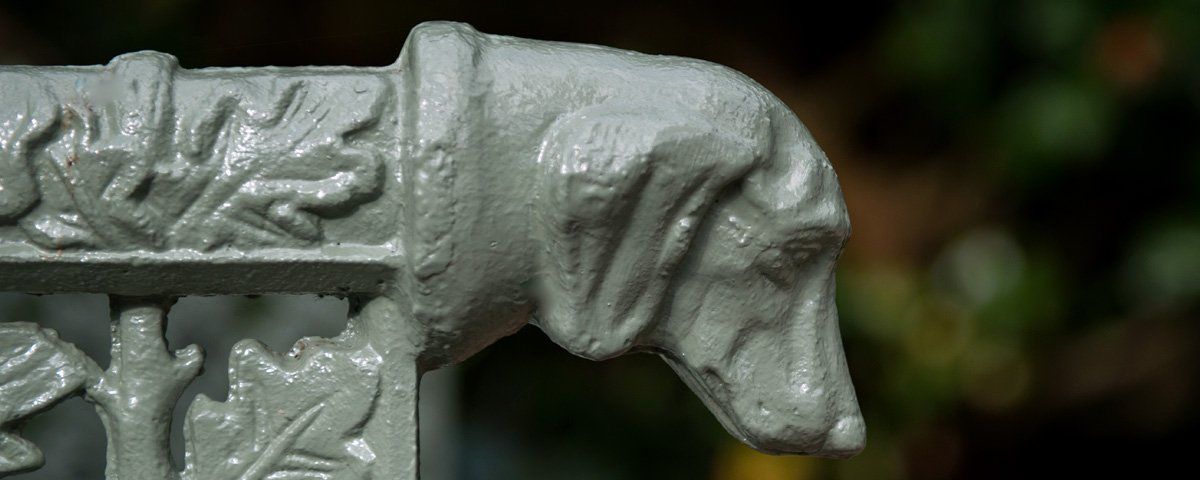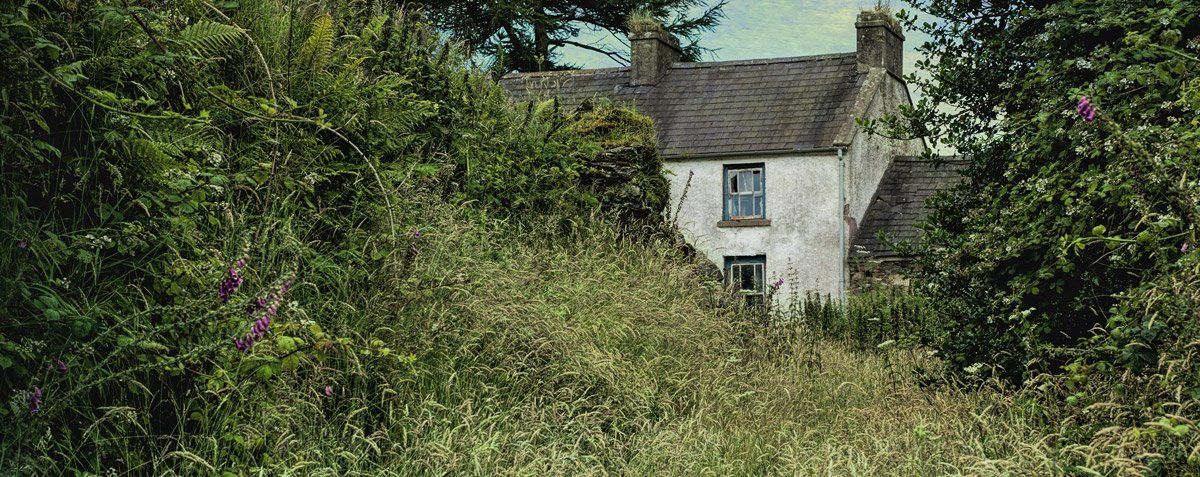Billy and Derrykeighan
The present church at Billy was built in 1815 with the chancel added in 1890, Billy though is a much older site, the name derives from an Irish word Bile meaning 'special or tree', some believe that the site dates to Druid times when the oak tree was looked upon as sacred. There are records of a church existing here in 1305 and some remains of that church still exist in the old graveyard. If you enjoy looking around ancient gravesites then Billy Church is well worth a visit, the oldest identifiable stone dates to 1620. The graveyard is typical of burial sites that have been used over many centuries, where layers of burials would have been placed over the centuries, it is very atmospheric with yew trees, fuchsia and elderberry bushes.
Like at Ballintoy Church and Bonamargie Friary, Ballycastle, there are also sailors buried here from HMS Racoon - the bodies of Able Seaman W.G. Farrow and S. Smith were washed ashore at the Giant's Causeway after the tragedy. The church also contains three beautiful examples of work by the Artist Michael Healy who was a pioneer in Irish stained glass work. To get to Billy - take the Ballycastle (inland) road out of Bushmills, after a quarter of a mile you will see a Citroen Garage on the right. Take the next road on the right and follow it for about two miles, the church is on the left and the old cemetery adjacent to it. The old Church and graveyard at Derrykeighan is situated a few miles out of Bushmills on the Ballymoney Road.
Here you will find a replica of the Derrykeighan Stone, it dates from the Iron Age and has Celtic designs similar to other finds dating to the third century AD. It was discovered built into the wall of the seventeenth-century church and removed in 1982 (for further study) by the Ulster Museum leaving an 'uncharacteristic' plastic replica in its place. It may have been a standing stone or part of an early ritual site, some suggest it is Druid. An early Christian monastery was founded here in the 6th century and the area known as Daire Caechan or Ceachain, meaning 'Oakwood of Ceachain''. One of the Abbots of that monastery was St.Colman (Colman Muillin) whose name lives on in the nearby village of Liscolman (Fort of Colman).
There is an ancestral connection here to William McKinley, the 25th President of the United States. A relative, Francis McKinley who came from the family home at Conagher was arrested, and executed in Coleraine for his involvement in the 1798 rebellion, his body was laid to rest in Derrykeighan. President William McKinley was assassinated shortly after his re-election in 1901 at the Pan American Exposition in Buffalo by Leon Czolgosz a follower of the anarchist Emma Goldman. The family home at Conagher is unfortunately no longer there, it was shipped away to the Ulster American Folk Park - a plaque is all that's left behind to remind us of his ancestral roots to this location, by all accounts it should be shipped back and rebuilt in nearby Dervock.




